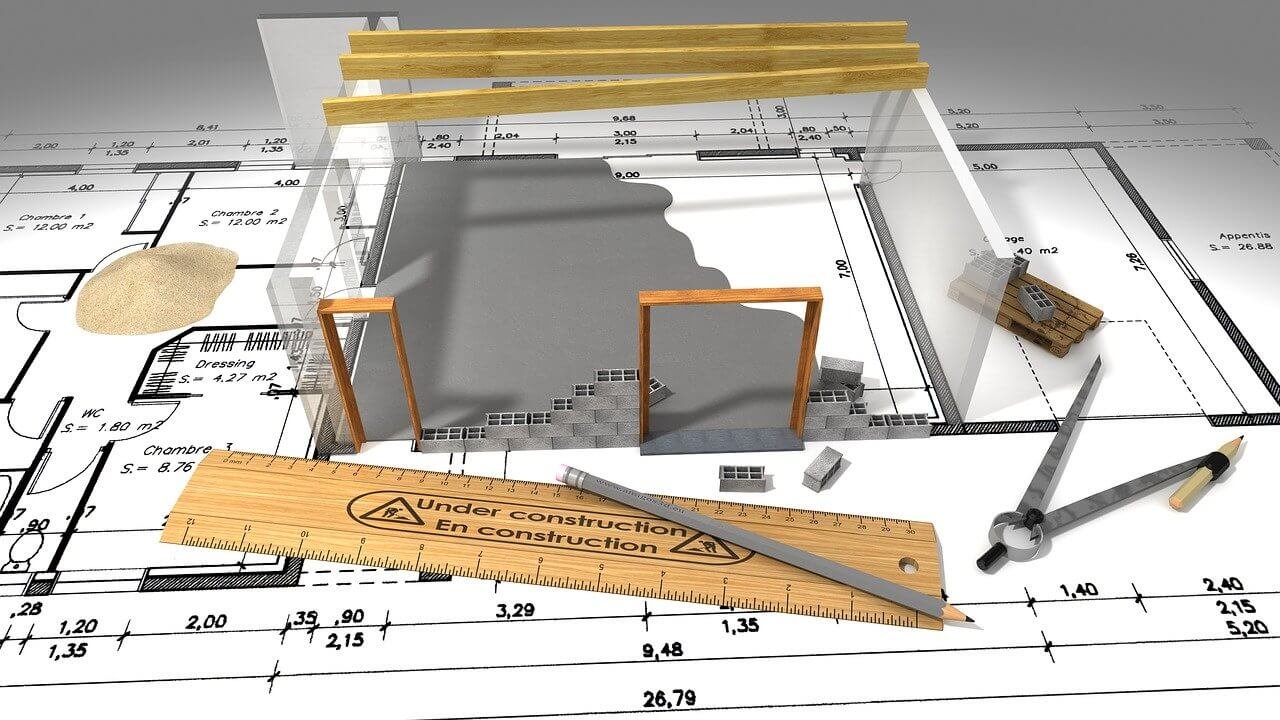We might not even imagine about the mayhem and destruction that will eventually happen due to A.I robots taking over the world and seems to be our inevitable doom. But then, what is Artificial Intelligence and how can we understand it to use it to our benefit?
Artificial Intelligence, as an discipline, has been permeating countless fields, bringing means and methods to previously unresolved challenges across the industries. The advent of AI in Architecture it represents a significant step to reshape the architecture discipline with technology.

When applied to the built environment, AI offers plan analysis for:
- to generate Floor plans, by optimizing the generation of a large and highly diverse quantity of floor plan design.
- To qualify floor plans with proper classification and methodology.
- To allow users to ‘browse’ through generated design options.
AI generally followed two main methods, the creation of building plans encompassing standard optimization technics and the design of a space in a sequential process, requiring successive design steps across the different scales. In order to harness these two realities in the construction industry, it enables us to capture more complexity across encountered floor plans and to break down the complexity by tackling problems through successive steps.
Plans are indeed a high-dimensional problem, and at the crossroad of quantifiable technics, and more quantitative properties. The study of architectural precedents sometimes remains too often a hazardous process that negated the richness of the existing resources. AI enables us to capture architecturally relevant parameters of floor plans like Footprint shape, Orientation, Thickness, and Texture with Programming, Connectivity, and Circulation.
Machine learning will soon allow software applications to synthesize vast amounts of architectural knowledge in seconds. To create new designs, architects usually use past construction, design, and building data, instead of creating something new, it is alleged that a computer will be able to utilize tons of previous data in a millisecond. With AI, an architect will easily go about researching and testing several ideas at the same time, without actually needing a pen or paper.
Even with the construction industry, AI can assist with actually building something with little to no manpower. In recent years technology and automation in architecture have flourished to all aspects of practice including projects, evaluation, and execution.
“It’s unfounded that AI can replace humans, especially as designers.” – Patrick Hebron
Some fear that technology is advancing so rapidly that the learning curve will be impossible for architects to overcome and that artificial intelligence will replace architects, designers altogether. But what matters is, architects, shall see artificial intelligence as an opportunity, a tool to augment practice, replacing mundane tasks and not a treat to their jobs.

For architects to rely on data and leverage it through artificial intelligence in the design process, the first step is to start accumulating as much as possible. Any data that can be collected today can help you tomorrow is the data you shall be collecting. As we have always been collecting data, but we’ve been doing via emails, notes, and meetings, but rather we can create a platform for sharing data amongst architects, contractors, and owners.
But unfortunately, problems with data storage, delivery, and sharing are complex and require security with ethics. Opportunities to automate mundane tasks are low-hanging fruit. In architecture, the human element is perhaps the most important approach- and introducing new skills in a marketplace could be highly competitive.
The future of AI in architecture and urban planning promises a lot, but it’s difficult to predict its usages. As Elon Musk writes: “Hope we’re not just the biological boot loader for digital superintelligence” – in which case, we’re all doomed.



